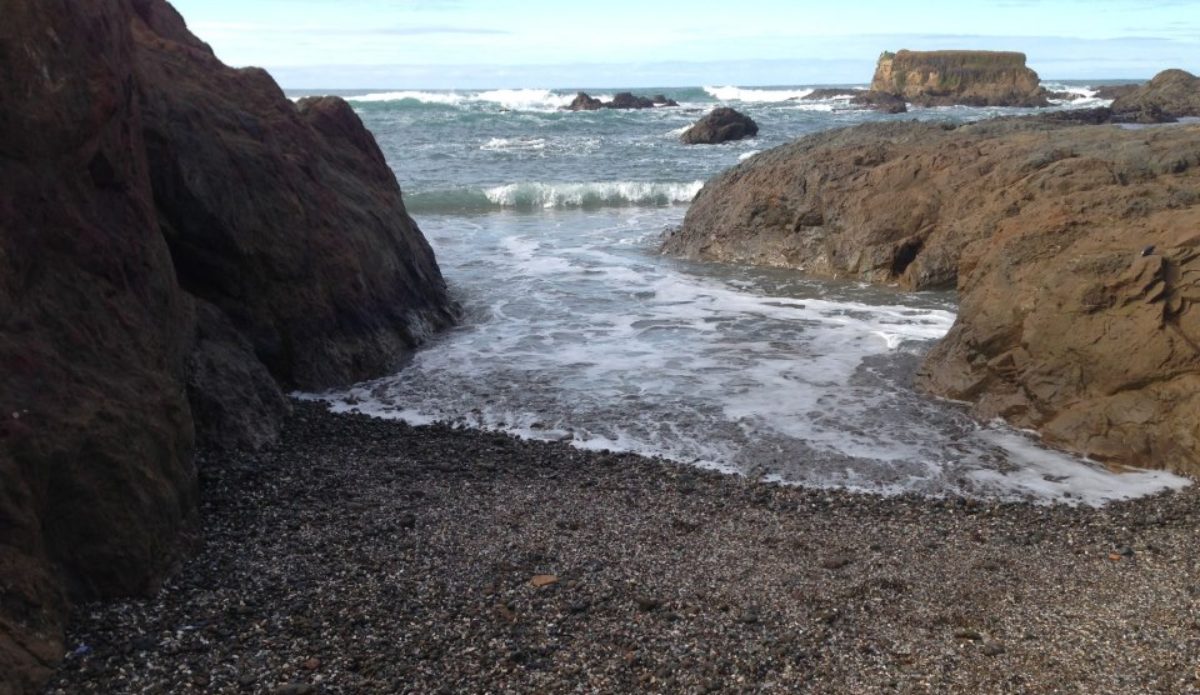Hey fellow adventurers! According to the World Wildlife Foundation (WWF), Malaysia is one of 12 mega-diverse countries. Like the other countries I’ve talked about, Malaysia is a special home to many endangered species. Such as:
Black Shrew
Status: Critically Endangered

The black shrew is a white-toothed shrew only known from Mount Kinabalu in the Malaysian state of Sabah on the island of Borneo. It has become endangered due to habitat loss. The black shrew is the smallest type of shrew.
Sumatran Rhinoceros
Status: Critically Endangered

WWF: “Smallest of the rhinoceros species, the Sumatran rhinoceros has two horns like its African counterpart. They are found only in Sumatra (Indonesia), Sabah (on the northern end of Borneo), Peninsular Malaysia and possibly in southern Thailand. Believed to be fewer than 300 individuals left in the world due to poaching and habitat fragmentation, Sumatran rhinos are critically endangered.”
To learn more, visit: http://www.wwf.org.my/about_wwf/what_we_do/species_main/rhino/
Malayan Tapir
Status: Endangered

The Malayan Tapir is the largest species of tapir and the only one native to Asia. They’re solitary, territorial herbivores. Due to their large size, they have few natural predators. That said, they’re endangered mostly due to human activity (deforestation, flooding caused by human-made dams, and illegal trade are the biggest issues). Although Malaysian Tapirs are protected in Malaysia from poachers, they’re not protected from deforestation.
Malayan Tiger
Status: Critically Endangered

WWF: “The tiger (Panthera tigris) is the largest of all the big cats in Asia, and stands as a powerful symbol among the different cultures that share its home. Over the past 100 years, global tiger numbers have dropped by 97% with three sub-species; the Bali (P. t. balica), Caspian (P. t. virgata), and Javan (P. t. sondaica) tigers becoming extinct — with a fourth not seen in the wild for over 25 years.
There are currently only six remaining living sub-species of tiger in the world:
Amur tiger (P. t. altaica)
Bengal tiger (P. t. tigris)
Indo-Chinese tiger (P. t. corbetti)
Malayan tiger (P. t. jacksoni)
South China tiger (P. t. amoyensis)
Sumatran tiger (P. t. sumatrae)”
To learn more, visit: http://www.wwf.org.my/about_wwf/what_we_do/species_main/tiger/
Borneo pygmy Elephant
Status: Endangered

WWF: “Borneo has a small but unique population of elephants. Several major portions of its former range have been lost in the past two decades due to displacement by large-scale agriculture. Today, these placid pachyderms are confined to the southern and eastern parts of Sabah and the northeastern tip of Kalimantan. The greater part of this single population, estimated to be less than 1,500 animals, is found in Sabah. Given the remoteness of the area and the difficulty of the rugged terrain, the Borneon elephant population represents one of the most important populations in Southeast Asia – provided its habitat remains intact.”
To learn more, visit: http://www.wwf.org.my/about_wwf/what_we_do/species_main/elephant/
Orangutan
Status: Critically Endangered

WWF: “Asia’s only great ape, the orang-utan or ‘man of the forest’ is found only on the islands of Borneo and Sumatra. Globally classified as endangered due to their habitat being destroyed, fragmented and poaching, orang-utans in Malaysia (Sabah and Sarawak) are probably best classed as ‘vulnerable’. Much of their prime habitat has been converted to plantations and the rate of habitat loss has hit a very low level in recent years. There is almost no hunting of this species in Malaysia, and most of the remaining populations are found in forests that are protected or under natural forest management.”
To learn more, visit: http://www.wwf.org.my/about_wwf/what_we_do/species_main/orang_utan/
If you’re interested in WWF’s actions in Malaysia, visit this site: http://www.wwf.org.my/about_wwf/what_we_do/species_main/
Or 20 unique Malaysian wildlife species:
https://wanderwisdom.com/travel-destinations/Ten-unique-species-you-must-not-miss-in-Malaysia
Well that’s all for today’s post! Thank you so much for reading, and as always, until our next adventure!













